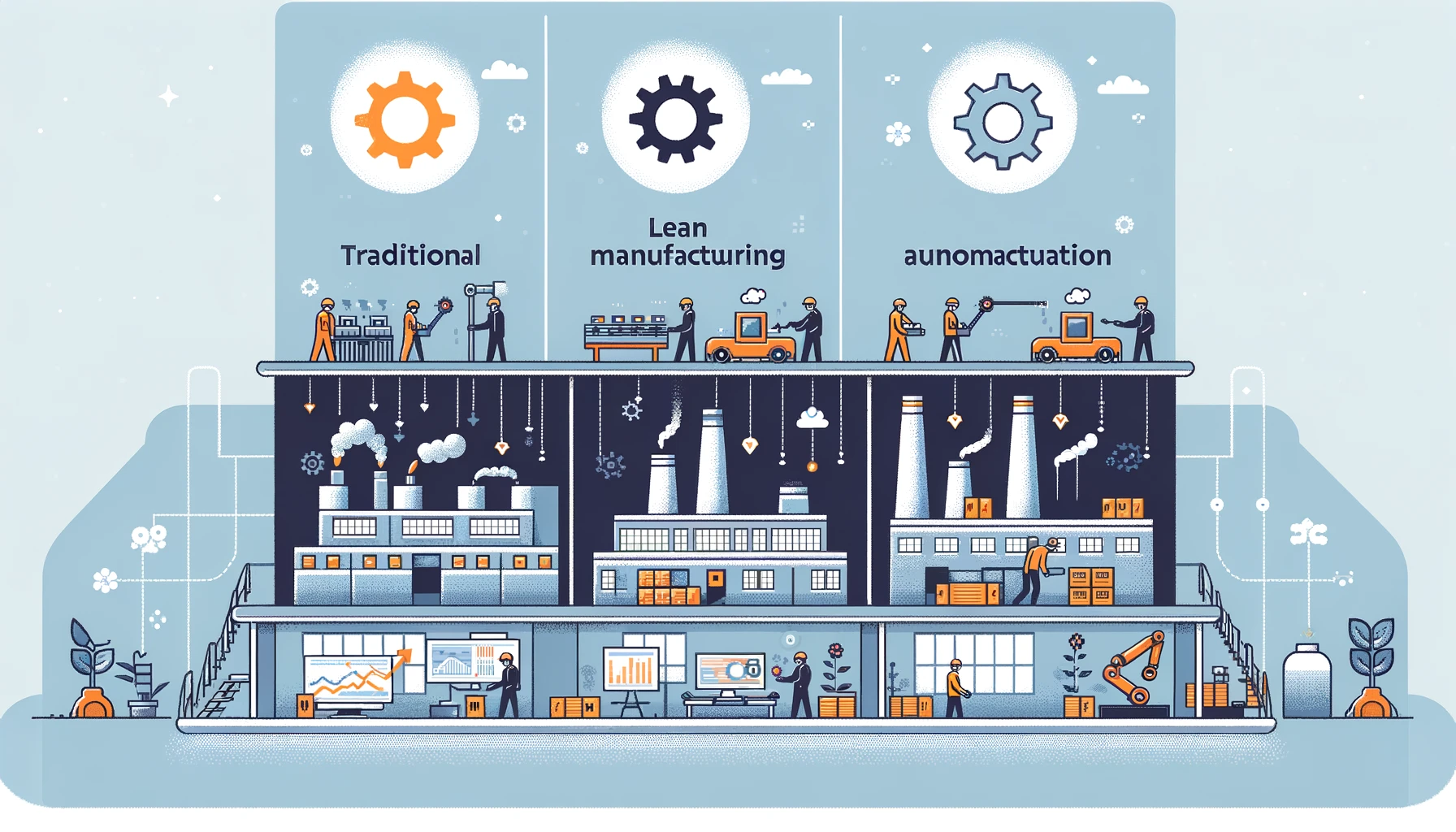Leadership is a pivotal aspect of managing organizations, with various styles influencing the way decisions are made, teams are managed, and organizational goals are achieved. Understanding these styles is crucial for IB Business & Management students, as it equips them with insights into how different approaches can impact organizational dynamics, employee motivation, and performance. This comprehensive exploration delves into five major leadership styles: Autocratic, Paternalistic, Democratic, Laissez-faire, and Situational, providing a nuanced understanding of each, supported by industry examples.
Autocratic Leadership
Overview: Autocratic leaders exert high levels of control over their team, making decisions unilaterally without consulting subordinates. This style is effective in situations requiring quick decision-making or when dealing with inexperienced teams.
- Leader holds as much power and decision-making authority as possible.
- Consults minimally with the senior management.
- Typical for companies that have a lot of unskilled and untrusted workers.
- Close supervision and detailed instructions.
- Usually associated with the tall organisational structure.
Advantages: Quick decision-making, clear direction, and effective in crisis situations.
Disadvantages: Can lead to reduced employee morale, stifles creativity, and may not encourage ownership and initiative among team members.
Industry Example: In the early stages of Apple, Steve Jobs exhibited autocratic leadership traits. His strong control over decision-making processes and insistence on design and product details were instrumental in Apple’s innovative product launches. However, this approach also led to criticisms regarding employee relations and management style.
Paternalistic Leadership
Overview: Paternalistic leaders act in a fatherly manner towards employees, making decisions for the team that they believe are in the employees’ best interest, while also taking their welfare into account.
- Leader aims to assume the role of a ‘father’ figure, where the employees are his or her family.
- Has great concerns for the employees and provides them with a sense of safety.
- Extreme loyalty and trust with employees and their full commitment.
Advantages: Can build loyalty and trust, creates a family-like work environment, and leads to high employee satisfaction when done effectively.
Disadvantages: Can limit employee autonomy and involvement in decision-making, potentially leading to dependency on the leader for guidance.
Industry Example: Tata Group under the leadership of Ratan Tata exemplified paternalistic leadership. Tata Group’s focus on employee welfare, community development, and ethical business practices fostered a strong sense of loyalty and belonging among employees.
Democratic Leadership
Overview: Democratic leaders involve team members in the decision-making process, valuing their input and fostering a sense of collaboration and ownership.
- Employees are usually involved in the decision-making process, but the leader still has the final say.
- One of the most popular leadership styles since it is motivating for employees and they feel empowered and part of a team.
- Usually associated with the flat organisational structure and with project-based and shamrock organisation.
Advantages: Encourages creativity and innovation, improves team satisfaction, and promotes a sense of ownership among team members.
Disadvantages: Decision-making can be time-consuming, and the need for consensus may sometimes lead to compromised decisions.
Industry Example: Google, under the leadership of Sundar Pichai, exhibits democratic leadership qualities. The company encourages open communication, employee input on projects, and a collaborative work environment, contributing to its reputation for innovation and employee satisfaction.
Laissez-faire Leadership
Overview: Laissez-faire leaders provide minimal direct supervision, allowing team members the freedom to make decisions and solve problems independently.
- In French: “to leave alone”.
- A lot of freedom is given to the employees.
- Extremely democratic form of leadership.
- Tends to work when the workforce is extremely motivated, skilled, educated and open-minded.
- Usually associated with the flexible forms of organisational structures.
Advantages: Fosters an environment of trust and independence, can lead to high levels of creativity and innovation, and is effective with highly skilled or self-motivated teams.
Disadvantages: Can lead to a lack of direction, inconsistent productivity levels, and might not be suitable for teams requiring more guidance.
Industry Example: Warren Buffet’s leadership of Berkshire Hathaway is often cited as an example of laissez-faire leadership. Buffet allows the managers of the various companies under Berkshire Hathaway to operate independently, trusting in their expertise and motivation to drive their businesses forward.
Situational Leadership
Overview: Situational leaders adapt their style to the maturity and skills of their subordinates and the specific circumstances they face. They flexibly switch between directing, coaching, supporting, and delegating based on what is most needed at any given time.
- No leadership style is deemed the best.
- The type of leadership that will be pursued will depend on the situation.
Advantages: Highly adaptable, can effectively address diverse team needs, and promotes the development of team members.
Disadvantages: Requires high levels of emotional intelligence and flexibility, and may be seen as inconsistent by team members.
Industry Example: Jack Welch’s tenure at General Electric demonstrated situational leadership. Welch adapted his approach based on the needs of the business and its employees, ranging from restructuring and cost-cutting to investing in employee development and growth initiatives.
Conclusion
The effectiveness of a leadership style is contingent upon various factors, including organizational culture, team composition, and external circumstances. Understanding the nuances of different leadership styles allows future leaders to adapt their approach to optimize team performance and achieve organizational goals. Through the examination of leaders like Steve Jobs, Ratan Tata, Sundar Pichai, Warren Buffet, and Jack Welch, IB Business & Management students can appreciate the practical application of these styles in driving success and navigating challenges within diverse organizational contexts. This comprehensive understanding of leadership styles is crucial for cultivating effective leadership capabilities in an ever-evolving business landscape.






